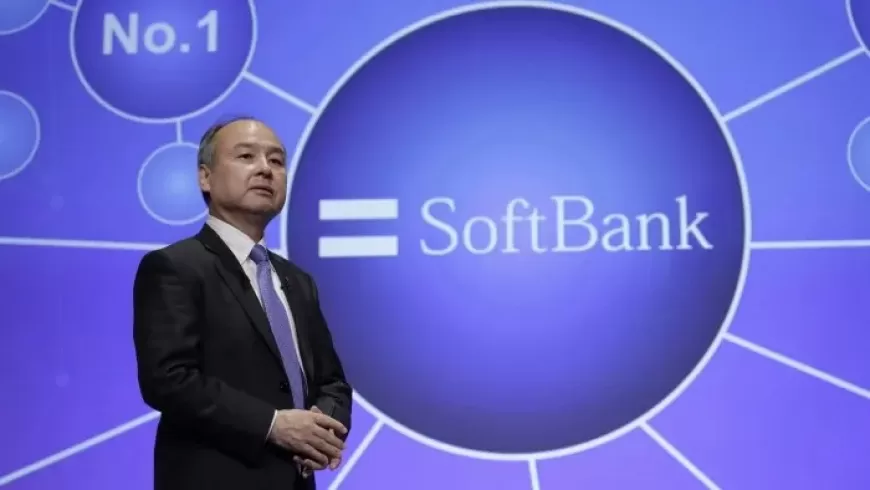SoftBank Announces $3.4 Billion Buyback as Masayoshi Son Targets AI and Semiconductor Investments
SoftBank reveals a $3.4 billion share buyback plan while Masayoshi Son prepares for major investments in AI and semiconductors. Learn about SoftBank's strategic moves and future outlook

SoftBank Group Corp. has unveiled a plan to repurchase up to ¥500 billion ($3.4 billion) of its own shares. This decision is part of founder Masayoshi Son’s broader strategy to leverage substantial cash reserves for aggressive investments in artificial intelligence (AI) and semiconductor technologies. The buyback will involve purchasing up to 6.8% of its free-floating shares by August 7 of the next year.
Strategic Shift Towards AI and Semiconductors
SoftBank's move aligns with Son’s focus on expanding the company’s footprint in AI and semiconductor sectors. The company’s financial stability is underscored by a robust cash reserve and the increasing value of its assets, particularly through its chip affiliate, Arm Holdings Plc. With its net asset value climbing to ¥35.3 trillion and a loan-to-asset ratio of just 7.8%, SoftBank is well-positioned to allocate resources towards high-growth areas such as AI chips, data centers, and robotics.
SoftBank’s commitment to AI is exemplified by its recent acquisition of British semiconductor startup Graphcore Ltd., which specializes in designing chips optimized for AI applications. This acquisition is part of a broader strategy to capitalize on the growing demand for advanced AI technologies and infrastructure.
Market Dynamics and Financial Performance
Historically, SoftBank has utilized share buybacks to stabilize its stock price. During the COVID-19 pandemic, the company spent around ¥4 trillion on repurchasing shares as a response to declining stock prices. This latest buyback initiative is expected to create positive market sentiment, even though it is relatively modest compared to previous buyback programs.
The company reported a smaller net loss of ¥174.28 billion for the June quarter, a significant improvement from the previous year’s loss of ¥477.62 billion. Despite this progress, challenges persist, including a weaker yen and losses from investments made through its Vision Fund. The Vision Fund, known for its portfolio of early-stage startups, experienced a loss of ¥204.3 billion, attributed to declines in the value of publicly listed portfolio companies and markdowns on unlisted startups.
Investment Strategy and Future Outlook
SoftBank’s current investment strategy reflects a shift from the Vision Fund's previous approach. The company is now focusing on direct investments through its holding company, aiming to harness insights gained from past investment experiences. This approach includes deploying approximately $100 billion into AI-related technologies, which will play a central role in its future growth strategy.
The company's strategic focus also includes expanding its presence in data centers, robotics, and other cutting-edge technologies. SoftBank’s investment in AI and semiconductor technologies is expected to drive innovation and growth, positioning the company to capitalize on emerging trends in the tech industry.
Overall, SoftBank’s significant buyback plan and strategic investment in technology sectors underscore a pivotal moment for the company. As it continues to navigate market volatility and optimize its investment portfolio, SoftBank is poised to leverage its financial strength to explore new opportunities and drive future growth in the rapidly evolving technology landscape.
Also Read: Wall Street Urges Fed for Bigger Rate Cuts as Economic Concerns Grow





























































